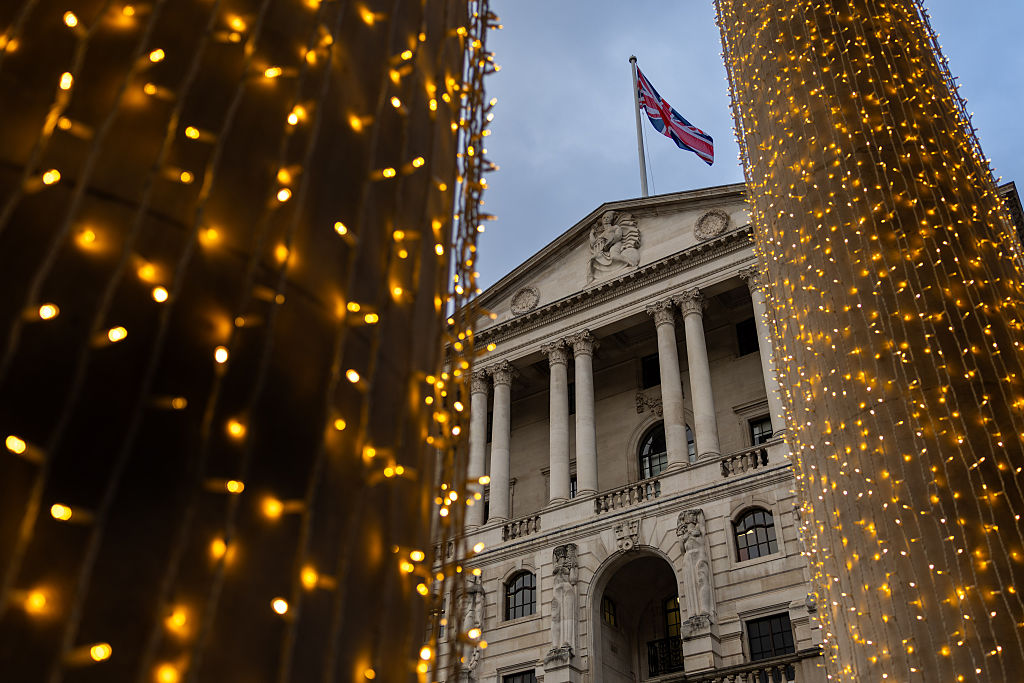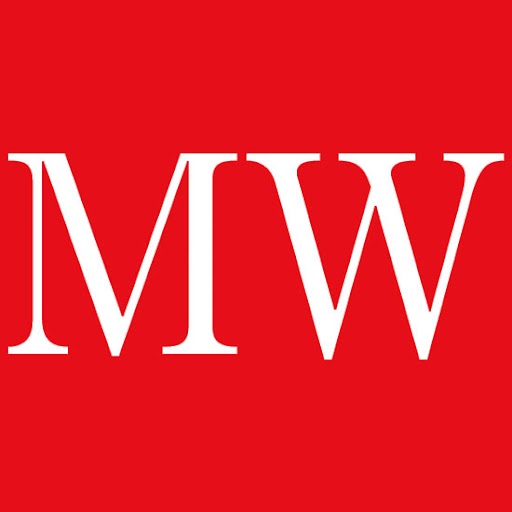The opportunity cost of an investment is the return you could have got if you'd put your money elsewhere.
For example, if I put £1,000 in shares, I give up the chance to invest in government bonds (gilts). Gilts offer a lower but safer return, reflecting the fact that the government is less likely to go bust than a firm. This is the return I sacrifice (the 'opportunity cost') if my shares then fall.
By extension, if I am willing to invest in shares at all, I should expect to make more than I could earn from gilts. This is the 'equity risk premium'. So if a medium-term gilt yields 3%, my expected return on shares might be more like 8%. That's the opportunity cost of not buying gilts (a 3% return) plus a 5% premium.
MoneyWeek
Subscribe to MoneyWeek today and get your first six magazine issues absolutely FREE

Sign up to Money Morning
Don't miss the latest investment and personal finances news, market analysis, plus money-saving tips with our free twice-daily newsletter
Don't miss the latest investment and personal finances news, market analysis, plus money-saving tips with our free twice-daily newsletter
Get the latest financial news, insights and expert analysis from our award-winning MoneyWeek team, to help you understand what really matters when it comes to your finances.
MoneyWeek is written by a team of experienced and award-winning journalists, plus expert columnists. As well as daily digital news and features, MoneyWeek also publishes a weekly magazine, covering investing and personal finance. From share tips, pensions, gold to practical investment tips - we provide a round-up to help you make money and keep it.
-
 What are my retirement income options?
What are my retirement income options?We’re all told to save into a pension, but there’s widespread confusion about how to take an income from our savings and investments at retirement, a new study has found. We look at your retirement income options.
-
 UK interest rates: will the Bank of England lower rates?
UK interest rates: will the Bank of England lower rates?The Bank of England’s Monetary Policy Committee’s (MPC) final interest rates meeting of the year takes place tomorrow (18 December) and most experts expect a cut

